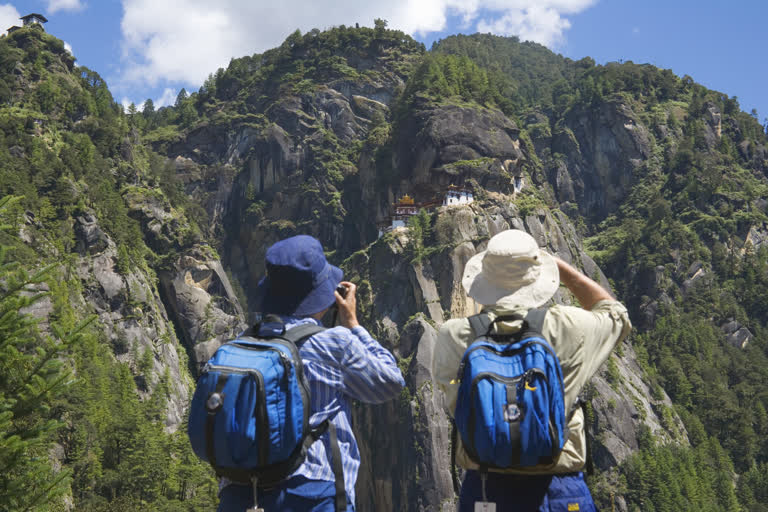Hyderabad: How much of tourism is too much? The question baffles avid travelers, particularly to India’s hill destinations which were designed to accommodate a limited number of people.
According to India Tourism Statistics, between 2000 and 2018, the number of tourist visits to States and union territories gone up by a staggering 8.5 times to 186 crore, including 1 crore of foreign tourists. Travelling increased exponentially in the current decade.
The result is evident. From Darjeeling to Shimla or Kullu-Manali, India’s top tourist draws are suffering from common maladies of traffic congestion, overflowing garbage, unbridled construction, water crisis etc.
Lesson from Bhutan
Does this help tourism. India’s smallest neighbour Bhutan says ‘No’. On February 4, Bhutan ended free entry of regional tourists from India, Bangladesh and the Maldives.
Indians, who make 70 per cent of the total tourist inflow to Bhutan, now have to pay a sustainable development fee (SDF) of Rs 1200 ($16.85) a day. The fee is applicable only in popular tourist destinations and is a fraction of the daily charges paid by visitors from other countries.
However, the budget tourists will be hurt. A family of two adults and a child now pays Rs 20,000-25,000 for a low-cost four-night package, including stay at cheaper hotels. SDF will increase their total spend by 50-60 per cent.
As in 2018, Bhutan received 2.74 lakh tourists, including two lakh regional tourists. Two-third of the regional tourist availed cheaper land routes to enter the country. Apparently, majority of them were budget tourists.
And, that takes us to the crux of the issue. Bhutan pursues ‘high value, low volume’ tourism. They don’t want budget tourists to eat out the space for value tourists - who stays longer, spends more on cars, food, souvenir etc.
The policy is not new. Bhutan was always extra careful about its environment, including cultural environment. Over the last decade footfalls in the country increased by nearly three times, reaching upto one-third of its population. This called for scrutiny.
Restricting footfalls will help Bhutan avoid construction spree, waste generation and environmental decay in top destinations and at the same time create opportunity for maximizing revenue from value tourists. Budget travelers are encouraged to visit less explored parts of the country without any SDF.
India playing half-cock
